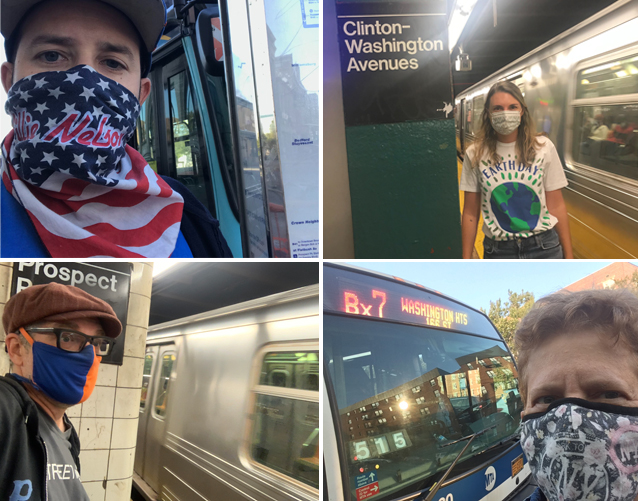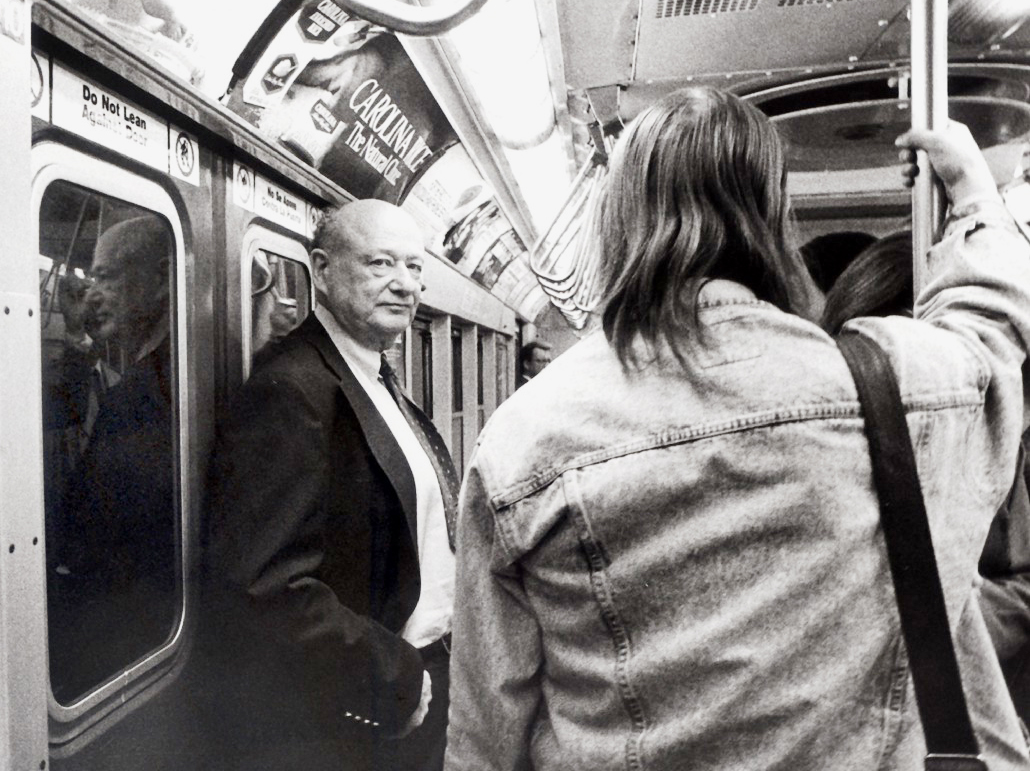It's a crisis of "confidence."
Mayor de Blasio said on Tuesday that New York will be a better place when COVID-fearing transit riders regain their confidence in the subway and bus system — but he won't do the single best (and, frankly, the simplest) thing to help restore that confidence: riding the subways and buses.
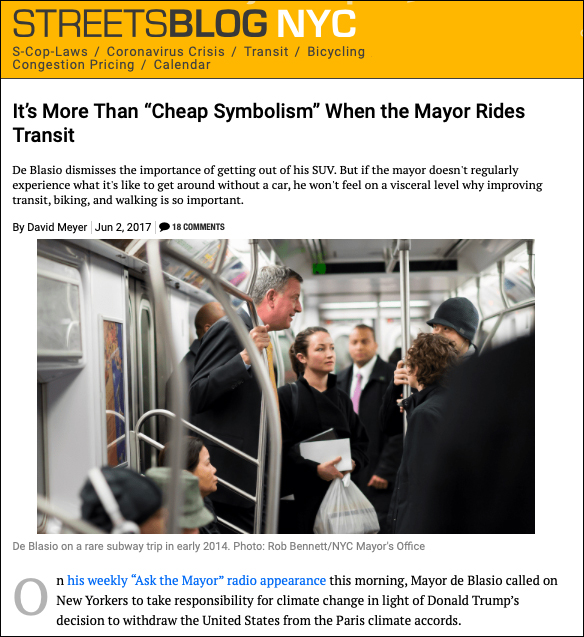
In response to an otherwise unrelated question from Streetsblog about reckless driving on New York's still largely traffic-free streets, de Blasio replied that he's actually seeing more traffic from behind his omnipresent windshield.
"And it's a problem," he said. "I think it's a transitional reality that will abate as more and more people gain confidence in mass transit."
Confidence, eh? We reached out later to City Hall to see if the mayor would start riding the subway to create the kind of confidence and solidarity that leaders often instill in times of crisis, but we were told to buzz off (though respectfully, of course).
Officially, there would be no comment about any changes to the mayor’s morning and evening commutes. In the past, the mayor has defended his use of cars to get around town as a way of maximizing his effectiveness as a leader — when he's in his car, he can be reading briefings or making calls, something he can't do on the 4/5 train from Gracie Mansion.
That, by the way, is not an argument made by former Mayor Bloomberg, who frequently rode the subway from the Upper East Side to City Hall. Nor was it made by Mayor Koch, who, for all his faults, not only rode the subway, but used his horrific experiences underground as a cudgel against MTA and NYC Transit officials in ways that non-riding mayors could not.
"Koch was constantly calling the NYC Transit president to complain," recalled Jon Orcutt, who spent many years in city government before working at TransitCenter and now Bike New York. "Koch understood that his constituency relied on the subway and they wanted it to be better. He was a jerk in a lot of ways, but being a populist when it comes to the subway is important."
Orcutt called de Blasio a "throwback" to Mayor Giuliani, who also famously did not ride the subway.
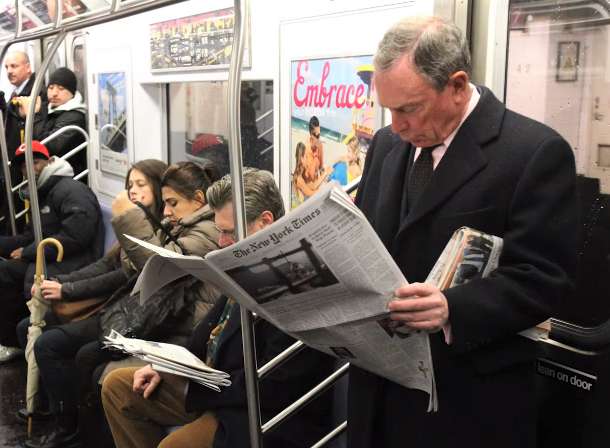
"It's insane that the mayor of the City of New York would not be the person who grabs that megaphone," he said.
That's not to say that de Blasio hasn't ridden the subway — but he tends to do it when he wants his presence to draw attention to something else, as in the case of his rides in support of congestion pricing last year.
But the mayor also tends to bristle when anyone points out that his reliance on cars is hypocritical for a leader who claims to be an environmentalist.
In 2017, Friend of Streetsblog Charles Komanoff called into Brian Lehrer's radio show and asked whether de Blasio would “lead by example” on the environment by changing his travel habits, including his then-several-times-a-week motorcade from the Upper East Side to the Park Slope Y.
The mayor called it “cheap symbolism.”
“Whether I go to the gym does not affect the policies that affect millions of people,” he said.
Many have noted that de Blasio’s insistence on navigating city streets in a massive vehicle during our ongoing public-health crisis of car carnage will symbolize his mayoralty just as surely as President Trump’s refusal to be seen in a mask will haunt his (if he loses in November).
And if you think it rash for the mayor to recommend that New Yorkers return en masse to the subway system, guess again. Studies show that the subways are not the coronavirus problem that the anti-transit crowd would have you believe.
Besides, there's nothing cheap about the symbolism. Back in June, Sen. Charles Schumer rode the subway at the behest of Riders Alliance, which wanted him to step up his fight in the Senate for transit funding. He'll likely lose that fight (as he'll lose his fight to block the Republican majority from flip-flopping on their own rule about Supreme Court justices in an election year), but the symbolism is important.
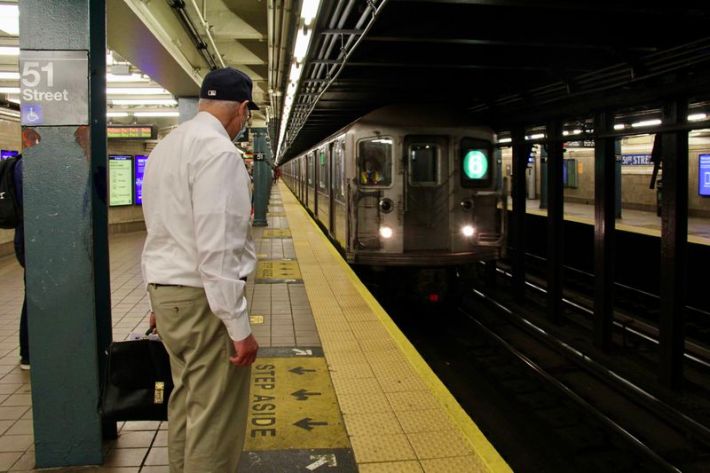
"It's a vote of confidence in the system when our elected officials use it," said Danny Pearlstein of Riders Alliance.
Pearlstein wants to see the mayor use transit — "especially buses, because he controls the speed at which they go," he added — but questioned the mayor's premise that recent increases in traffic are due to lack of confidence in the subway anyway.
"Subway ridership has tripled since April," he said. "Traffic is not so much from a lack of confidence, but from the city's failure to control traffic and plan around the fact that everyone's schedules are different. People aren't going to offices in Midtown on transit, so their driving habits have changed."
De Blasio is not the only top public official who has disappeared as confidence in the subway and bus system has collapsed. We reached out to several likely mayoral candidates — Comptroller Scott Stringer, Council Speaker Corey Johnson, Brooklyn Borough President Eric Adams — plus Gov. Cuomo and Public Advocate Jumaane Williams to see if any of them would commit to riding public transit for the rest of the year, or even a month or a week. (Point of information: Cuomo rode the subway to show solidarity back in June.)
None of them got back to us (yet — we're still hopeful that someone in power will stand up for transit).
Leadership means leading. If our elected officials want to restore confidence in the public transit system, they should show us all how much confidence they have in the system.
By using it.
Meanwhile, the Streetsblog team shows how it's done:
